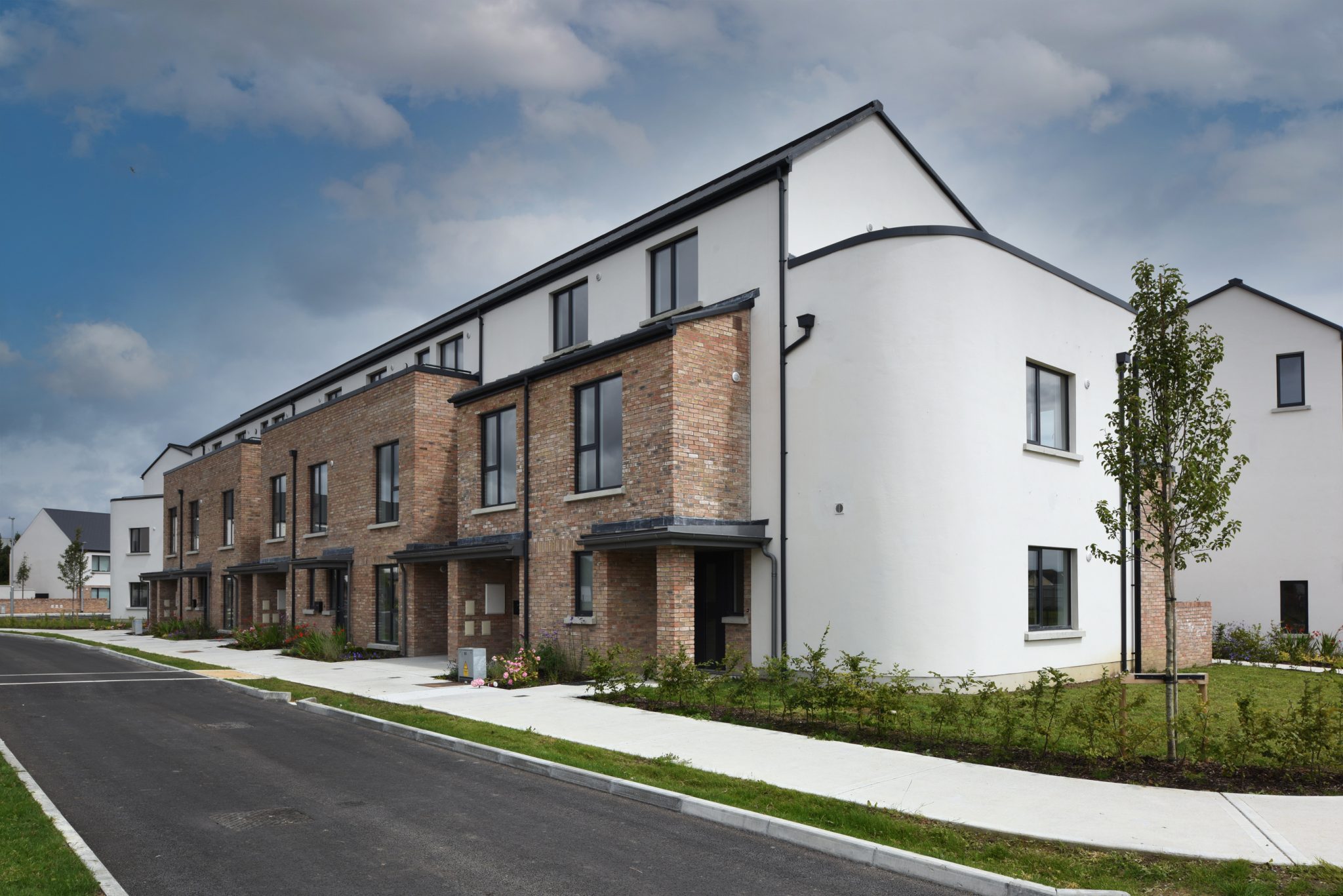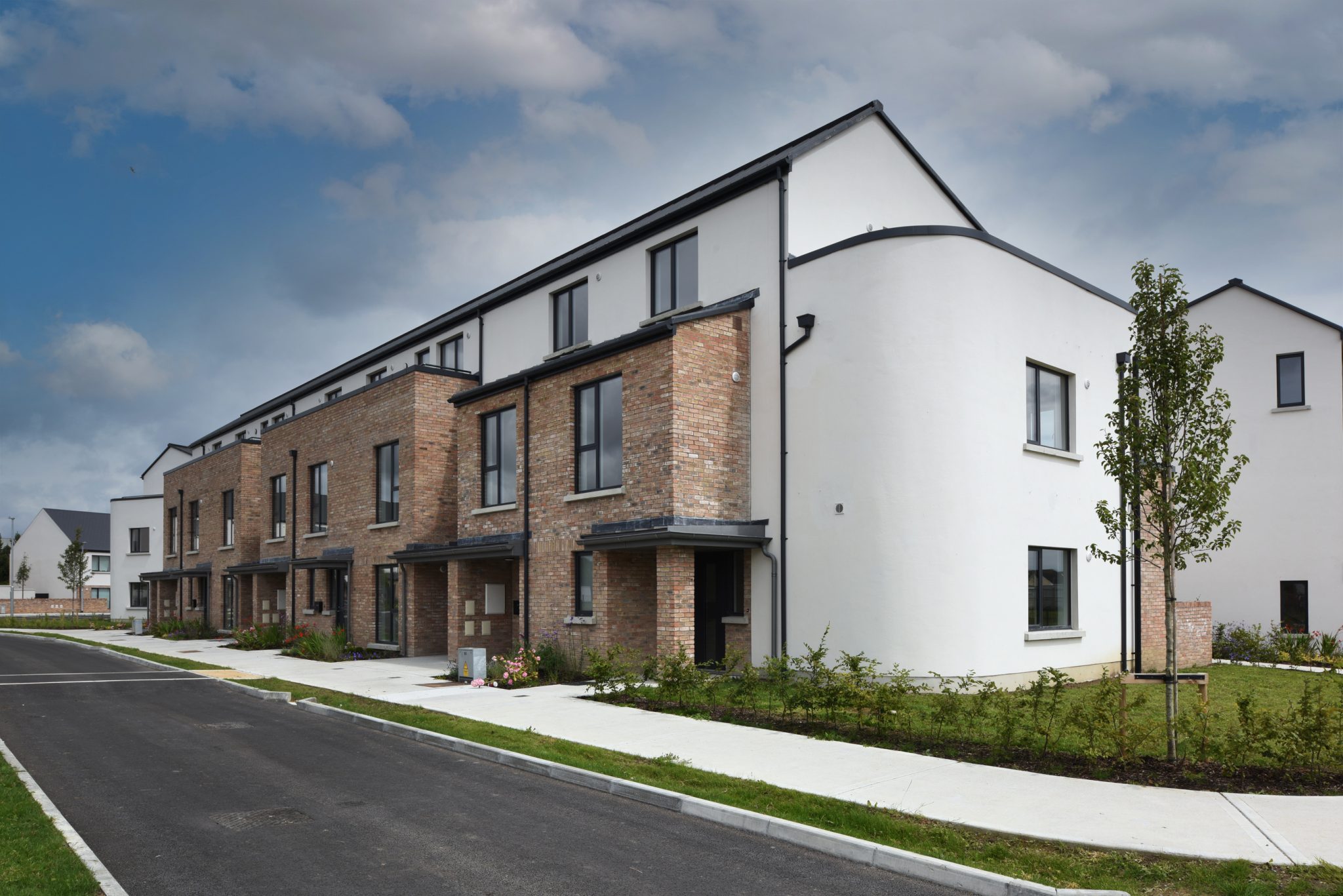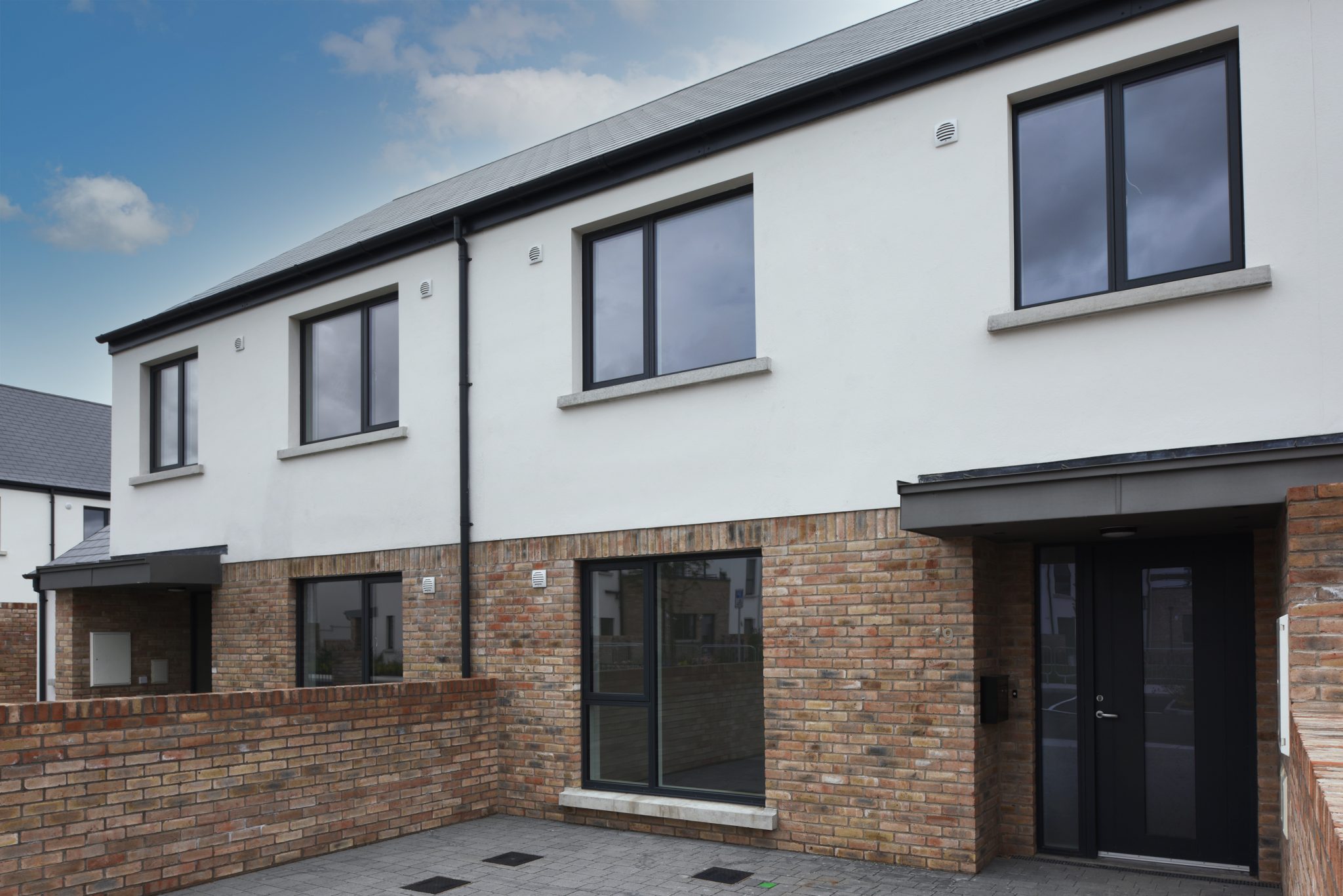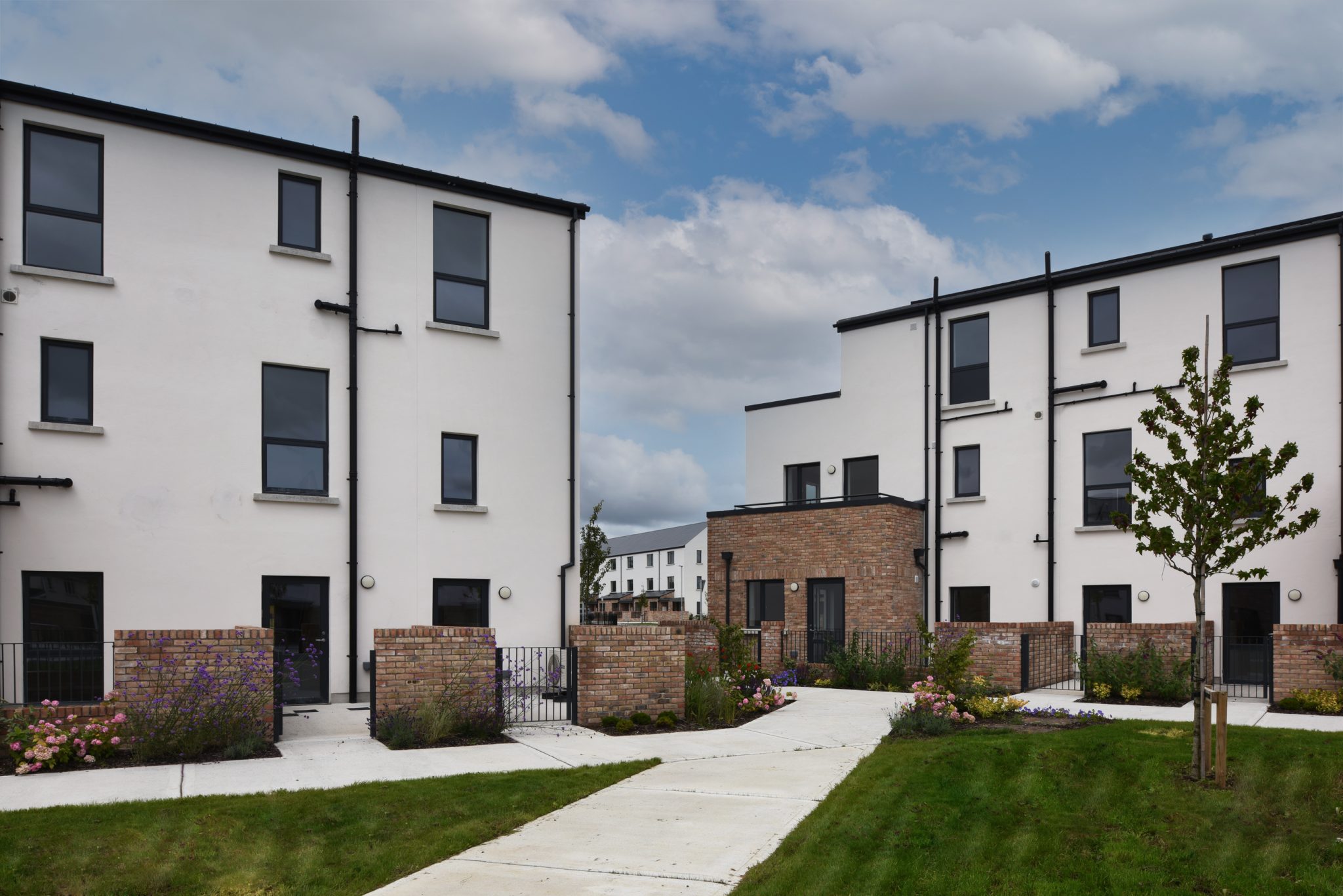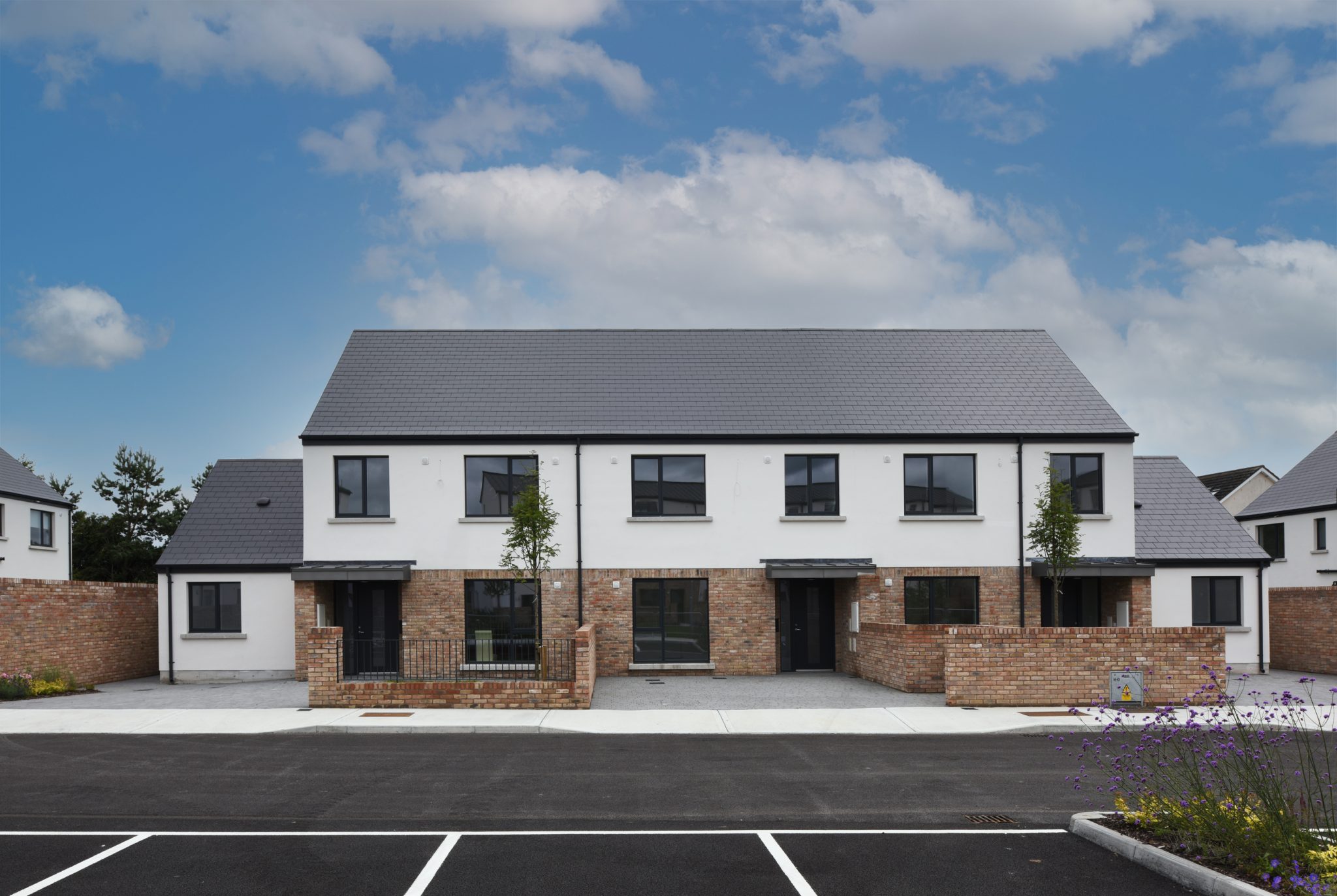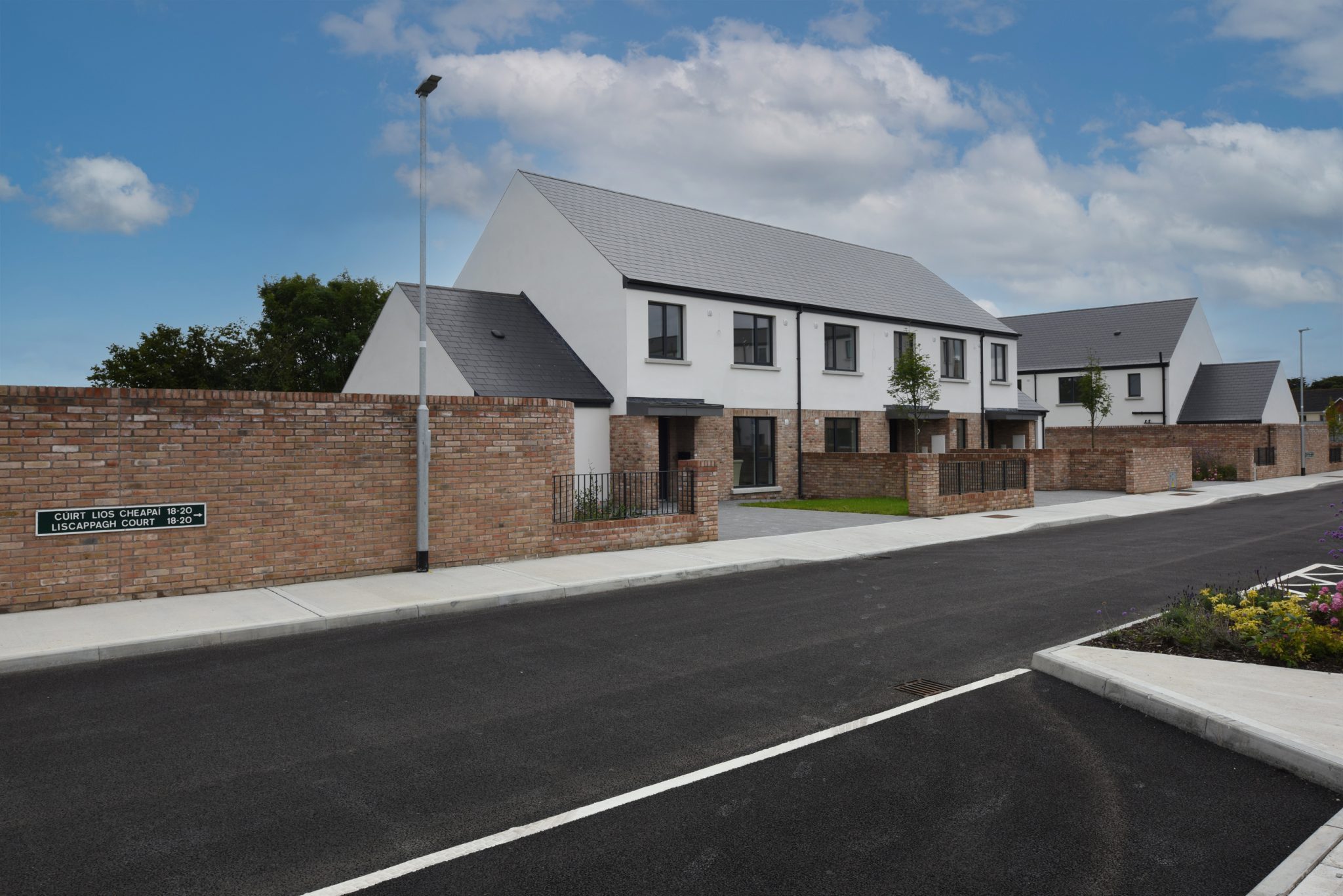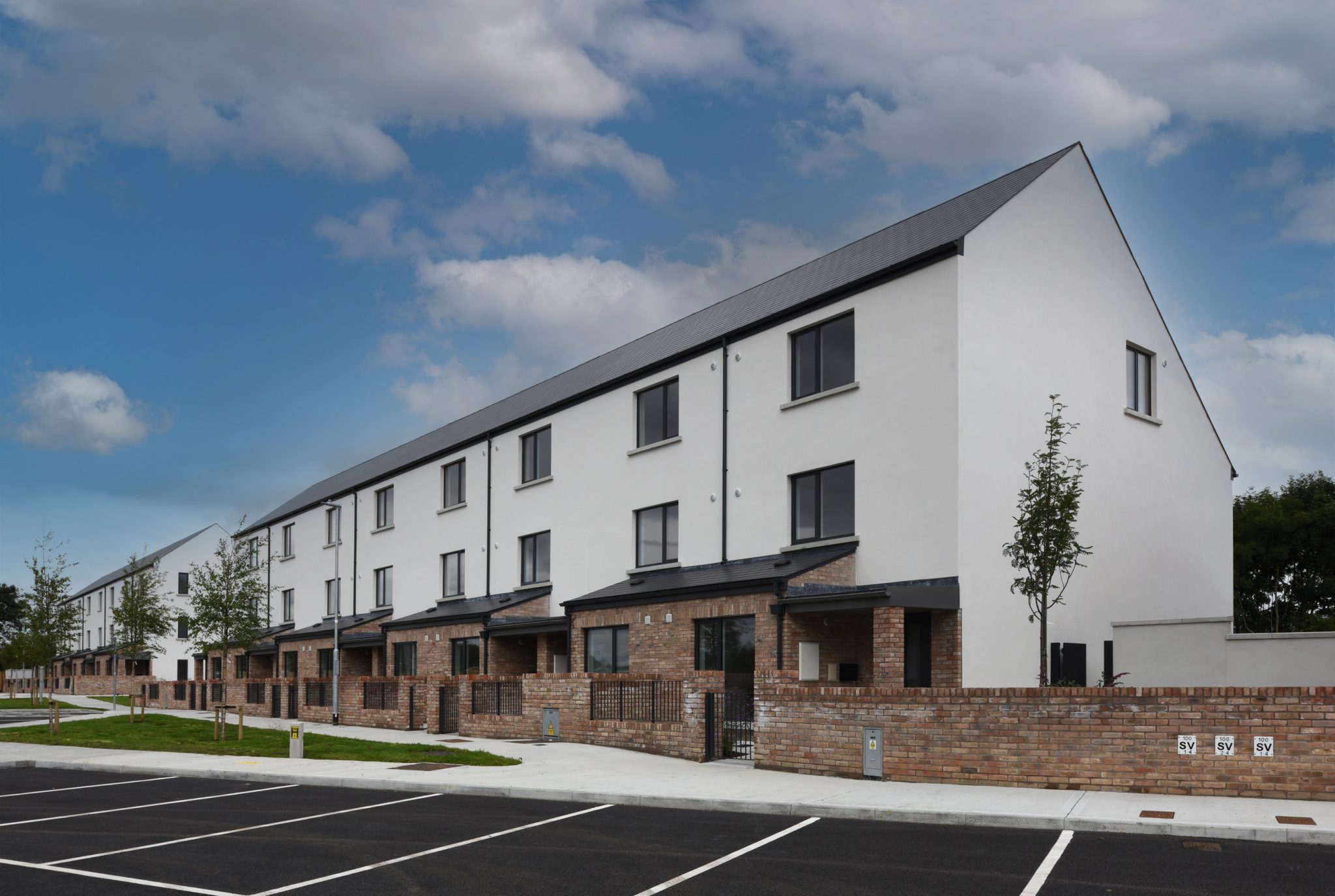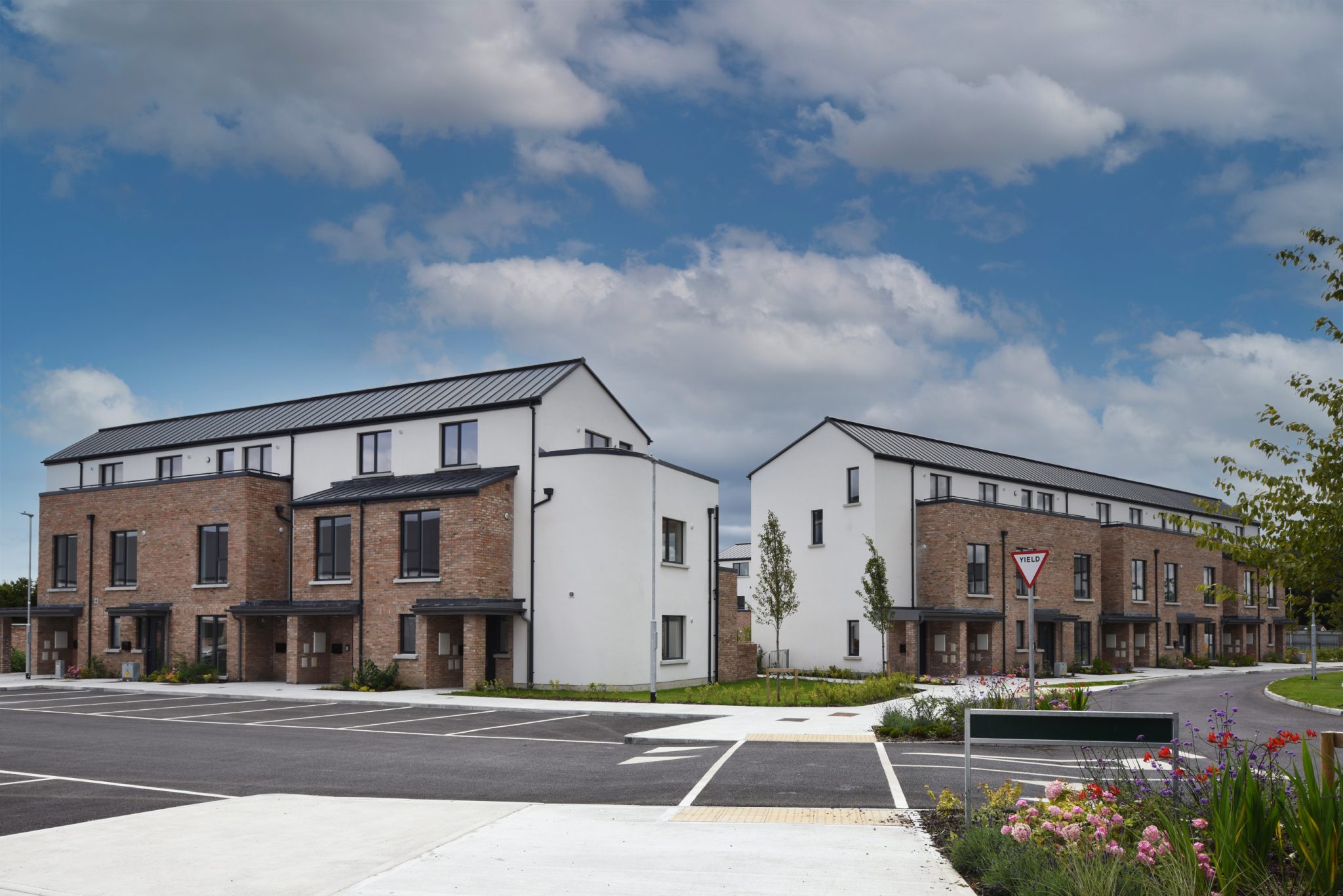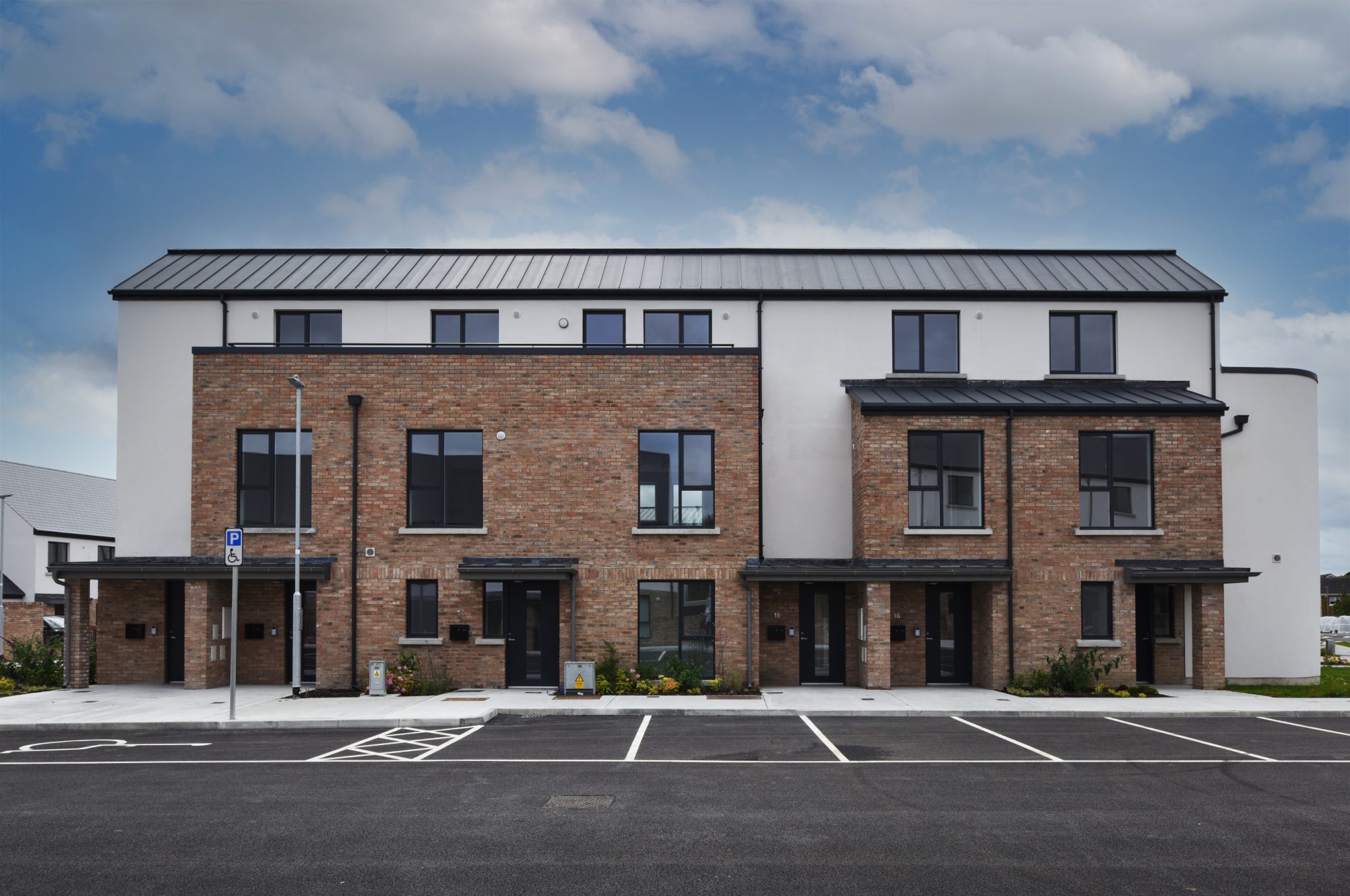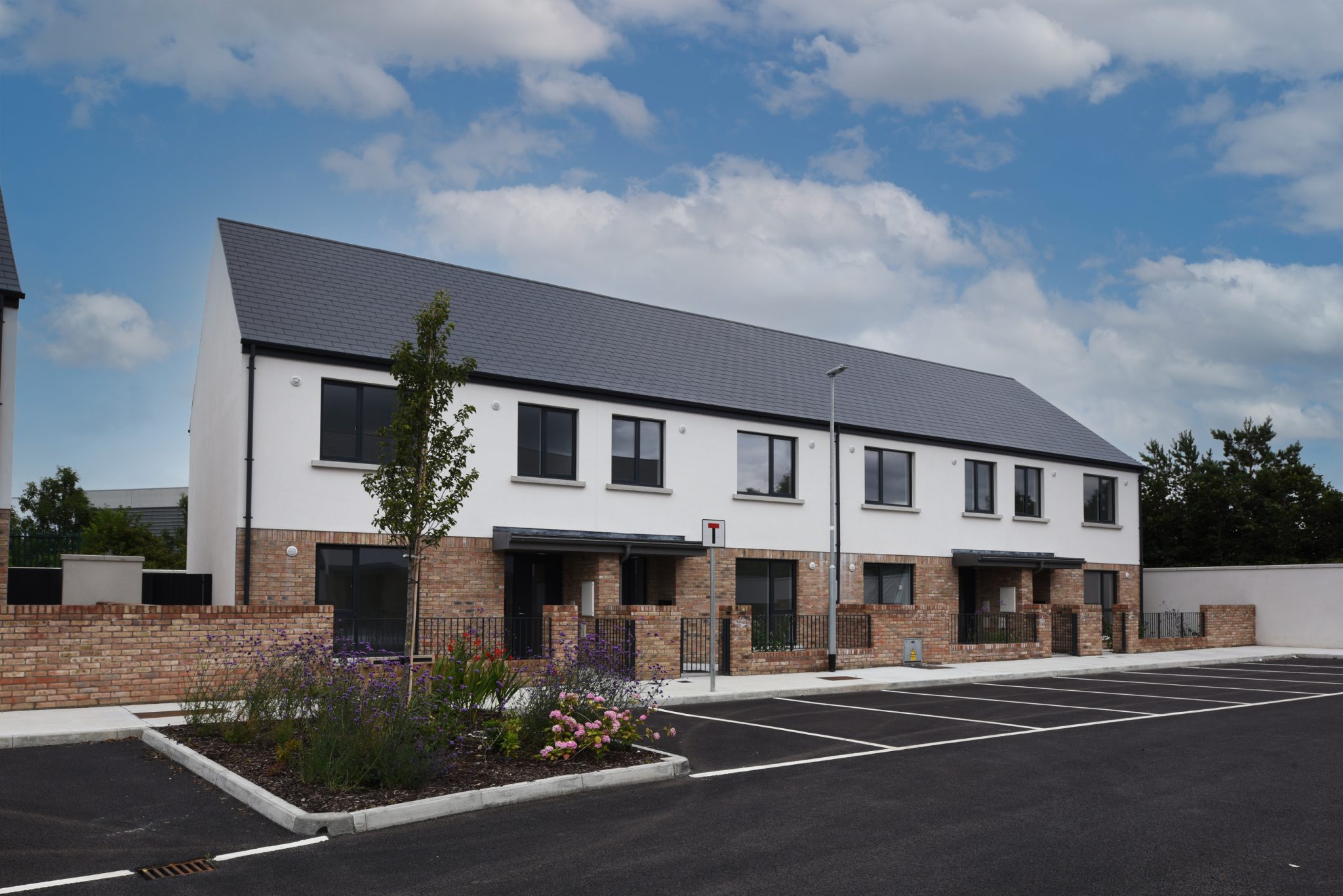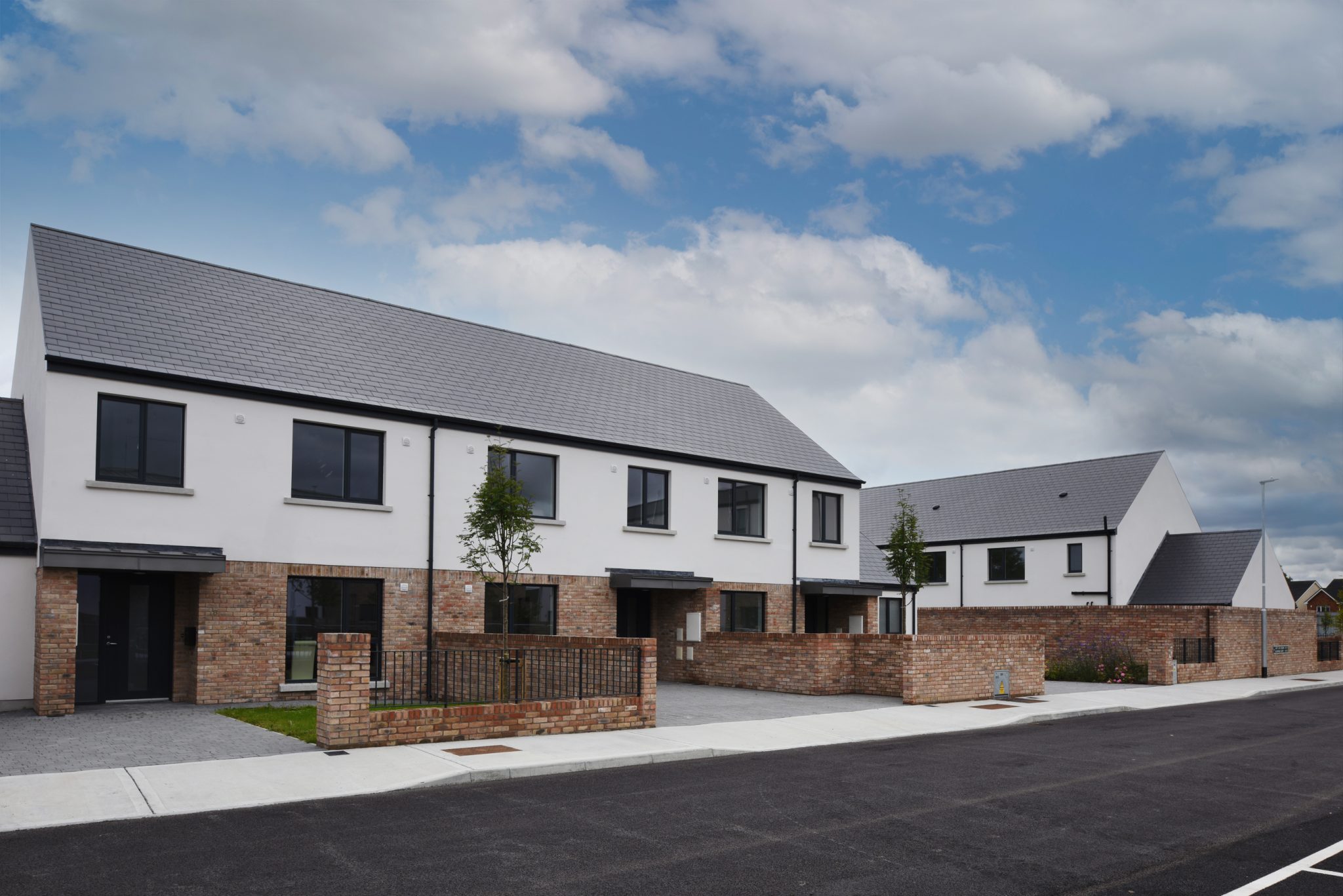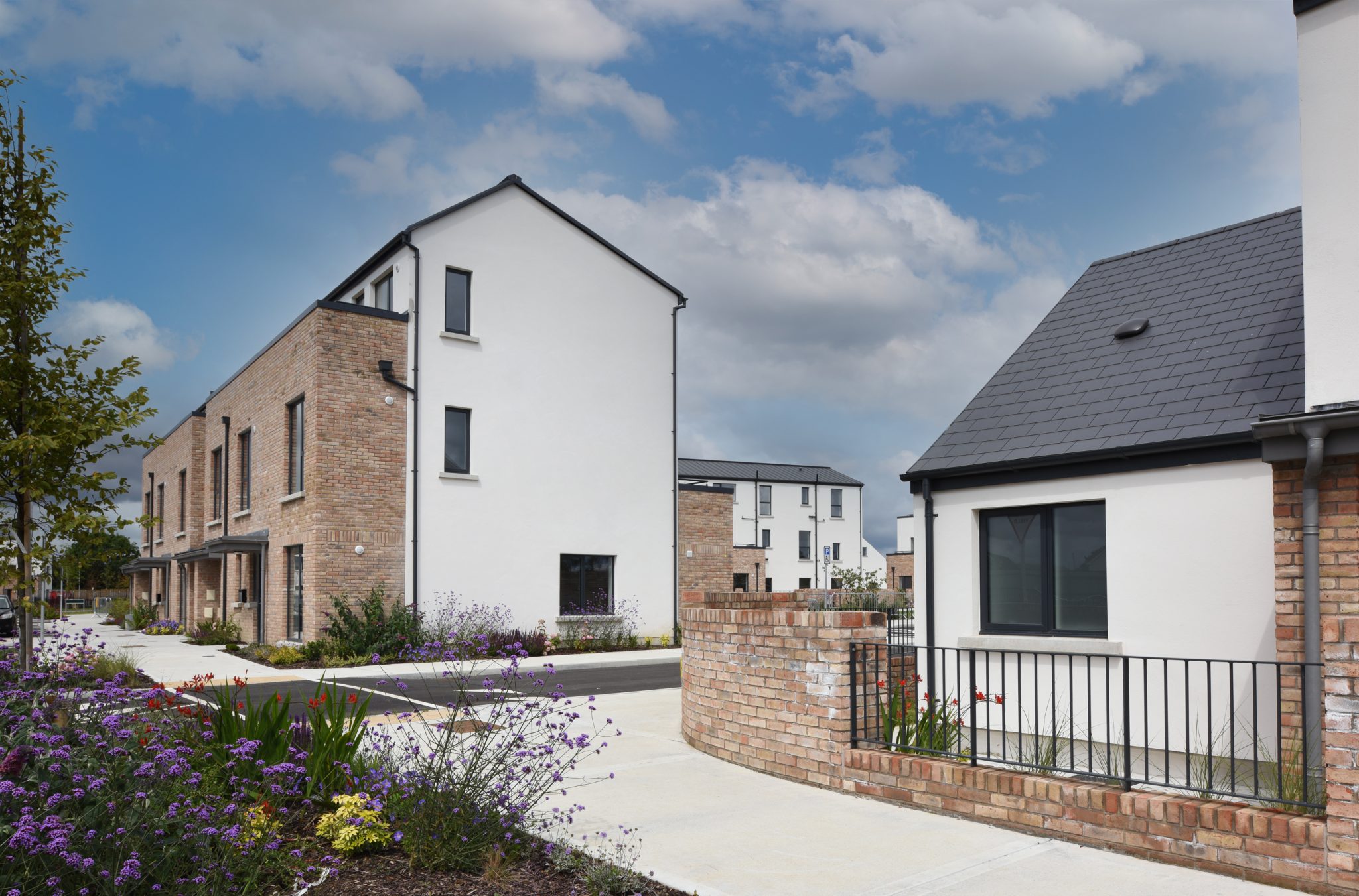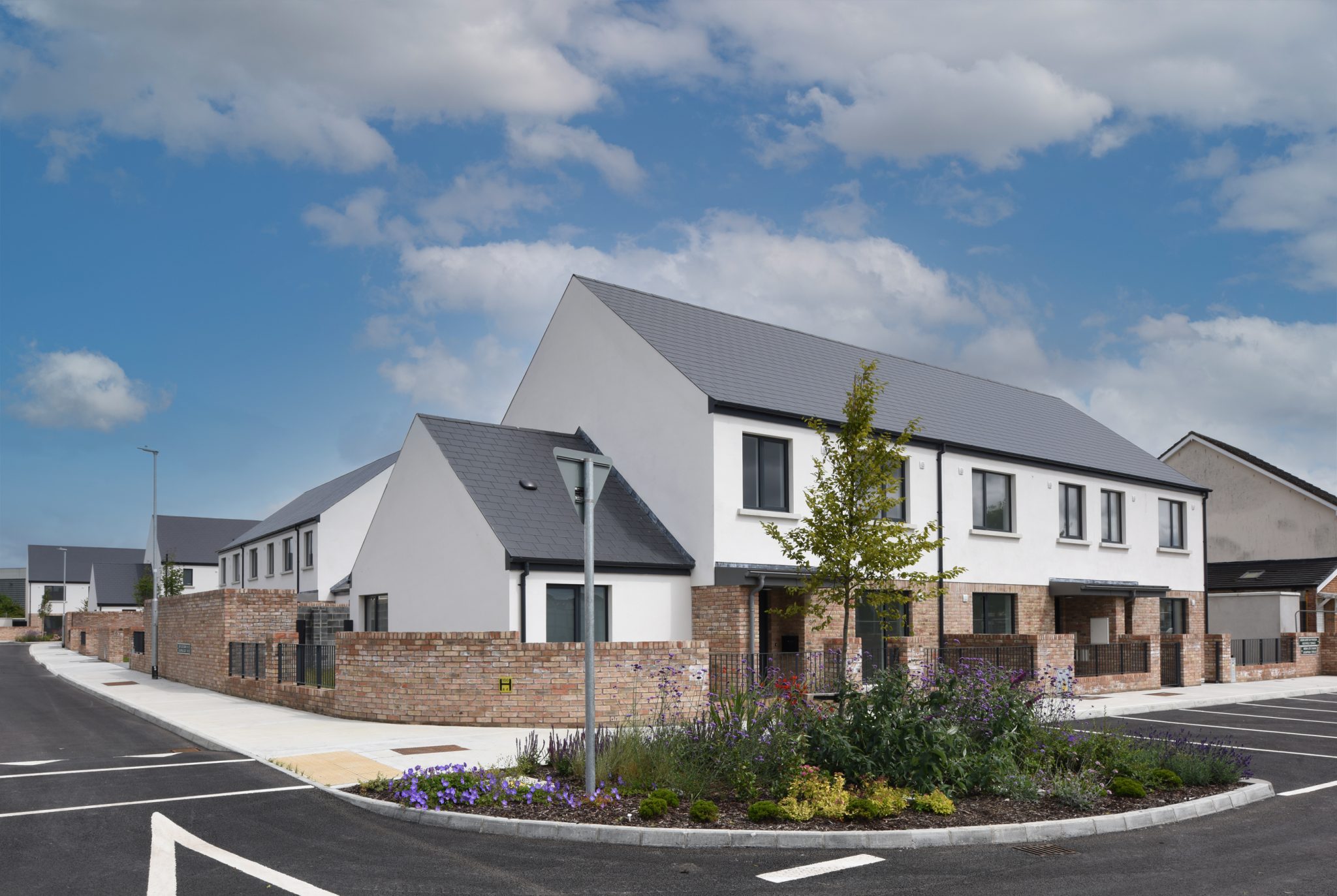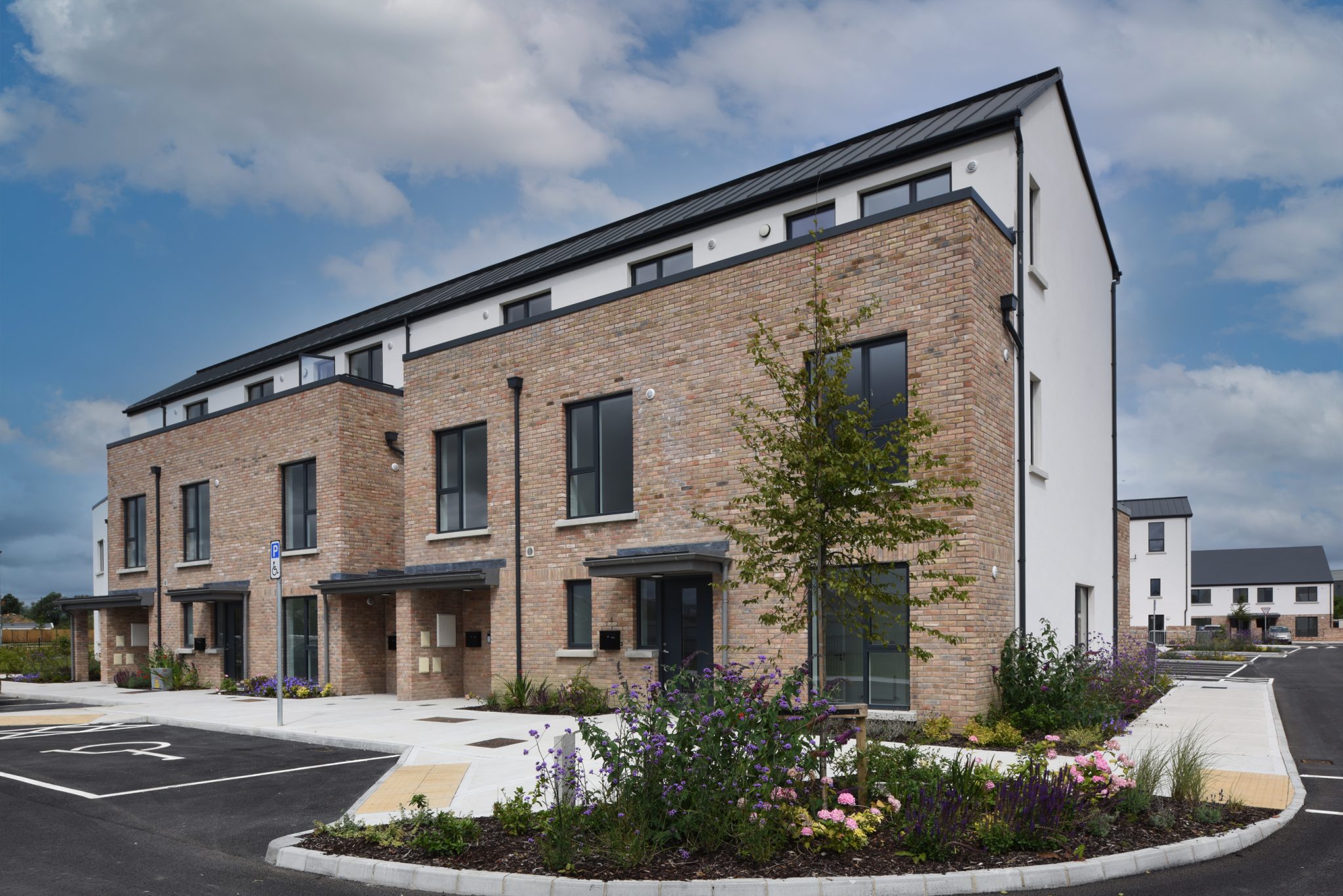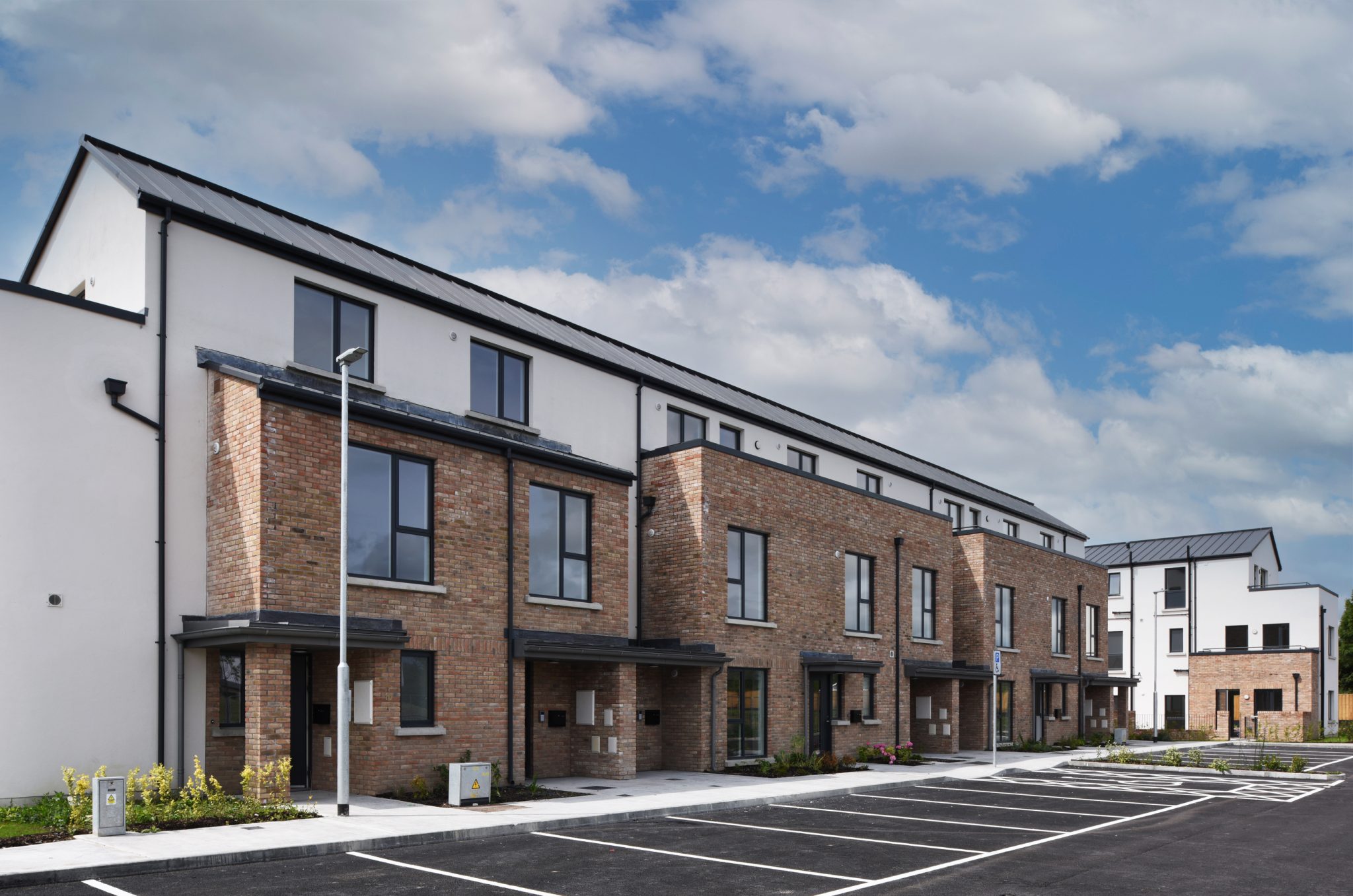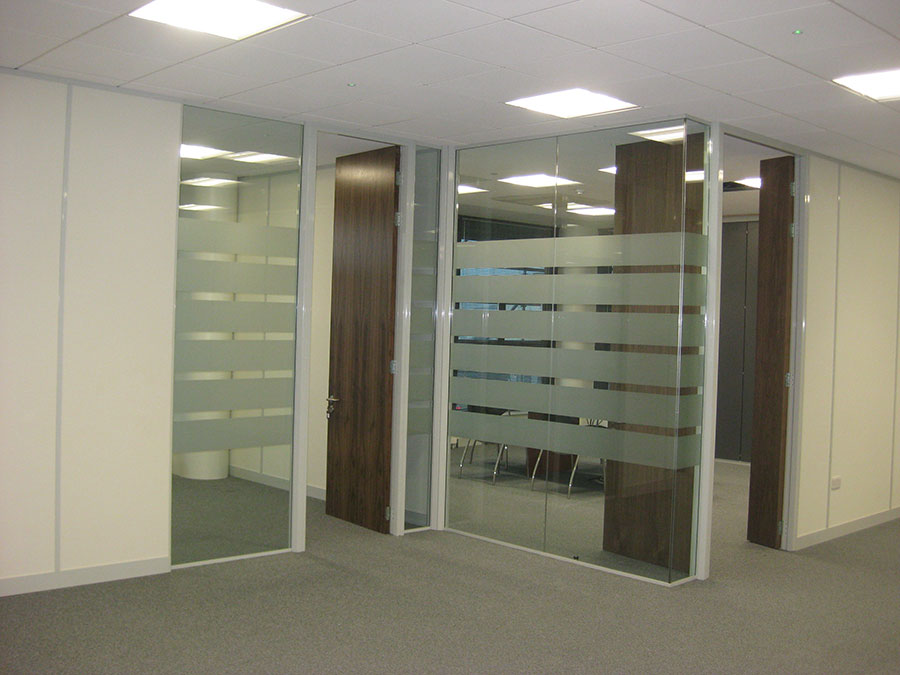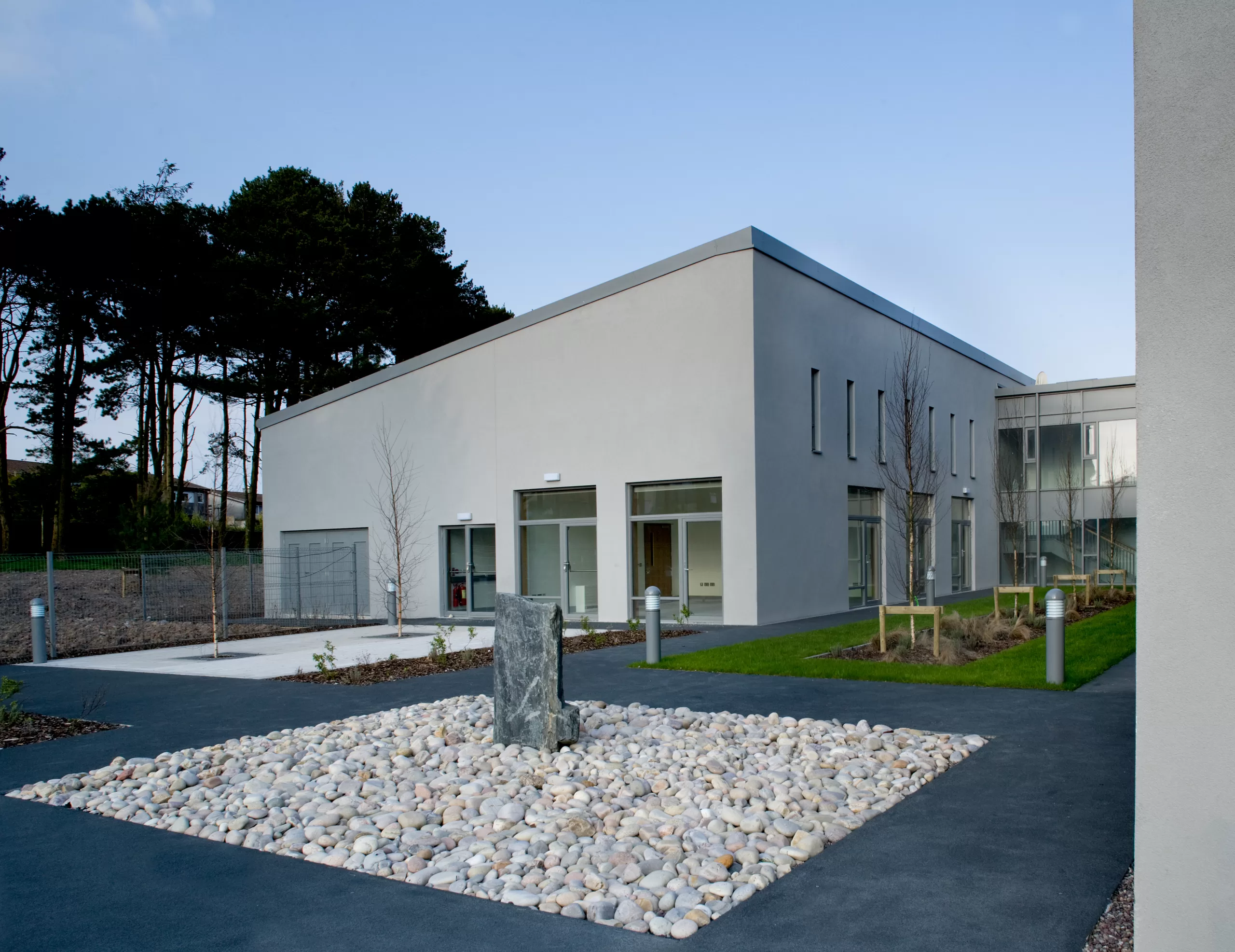The project consisted of the design & construction of 69 No. Accelerated Delivery dwellings and the associated site works at Liscappagh (Cappaghfinn Phase 3), Cappagh Road, Finglas, Dublin 11. The development delivered a cumulative total of 33 No. houses and 36 No. apartments, consisting of three-bedroom, five-person, two storey terraced houses: two-bedroom, four-person, two storey terraced houses: and one bedroom, two-person one storey, which sit comfortably in context with the surrounding existing housing. Executed to a very high standard, utilising extensive off-site manufacturing techniques and steel frame (LGSF) technology to expedite the building process.

Liscappagh (Cappaghfinn Phase 3), Finglas, Dublin 11: Social Housing
-
Client
Fingal County Council
-
Location
Liscappagh, Finglas, Dublin 11
StageCompleted July 2023
-
Client
Fingal County Council
-
Status
Completed July 2023
Requirements:
- Structural frame comprising panelised light gauge steel frames (LGSF) with integrated insulated wall panels built off site and delivered flat packed to the site for completion and delivery in a very short time period.
- The LGSF system includes frames to form wall panels which have a PIR insulation board fixed to the steel studs that form the frame and have a polyurethane foam spray applied to the inside of the insulation board to provide continuously sealed frame to enhance insulation properties and air tightness.
- The building fabric incorporates a high standard of insulation achieving an A2 rating using triple glazed windows and air-tight membranes meeting the requirements and to the satisfaction of Fingal County Council.
- Internal party walls and ceilings built to meet onerous thermal conductivity, acoustic and fire resistance requirements.
- Each dwelling was installed with a high performance heat pump as the main source of hot water and heating.
- Further advanced heat zonal design allowed for minimal electric usage thus reducing Carbon footprint of end user.






